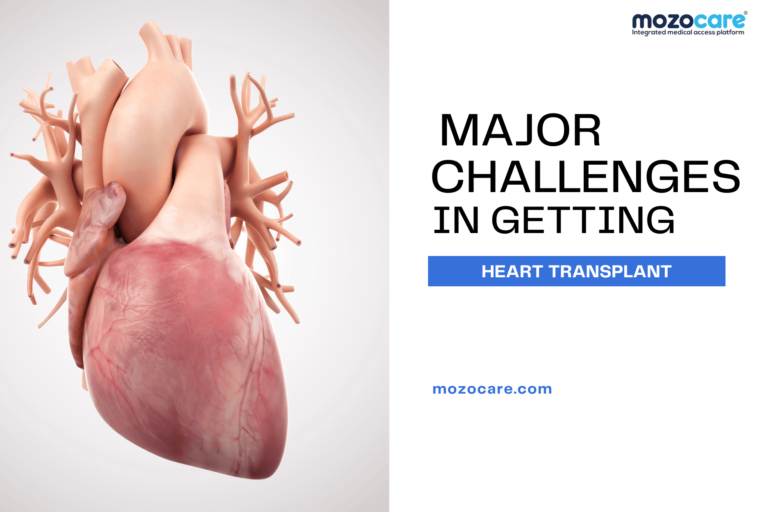A heart transplant is a complex and life-saving procedure that is typically reserved for patients with end-stage heart failure who have exhausted all other treatment options. Despite the many advances in medical technology and surgical techniques, there are still a number of major challenges that must be overcome in order to successfully perform a heart transplant.

Heart transplantation is typically reserved for patients with end-stage heart failure who have exhausted all other treatment options. These patients typically have severe, debilitating symptoms that severely impact their quality of life and their ability to perform daily activities.
Patients who may be candidates for a heart transplant include those with:
It is important to note that each patient’s case is unique and the decision to pursue a heart transplant is made on an individual basis by a team of medical professionals after a thorough evaluation and consideration of various factors such as the patient’s overall health and medical history.
The major challenges in getting a heart transplant include:
Despite these challenges, heart transplants remain a viable treatment option for many patients with end-stage heart failure. Advances in medical technology and surgical techniques are helping to improve the success rate of transplants, and the development of new immunosuppressive drugs is helping to reduce the risk of rejection. However, the shortage of available donors and the high cost of the procedure remain significant barriers that must be overcome in order to ensure that all patients who need a heart transplant can receive one.
In summary, heart transplant is a complex and life-saving procedure, however, it is not without challenges. The shortage of available donors, the issue of donor-recipient compatibility, the risk of rejection, the cost, and other factors such as age, overall health, and other medical conditions all contribute to making getting a heart transplant difficult. Despite these challenges, heart transplant remains a viable treatment option for many patients with end-stage heart failure, and researchers and medical professionals are working to improve the success rate of transplants and to make them more accessible to all patients who need them.